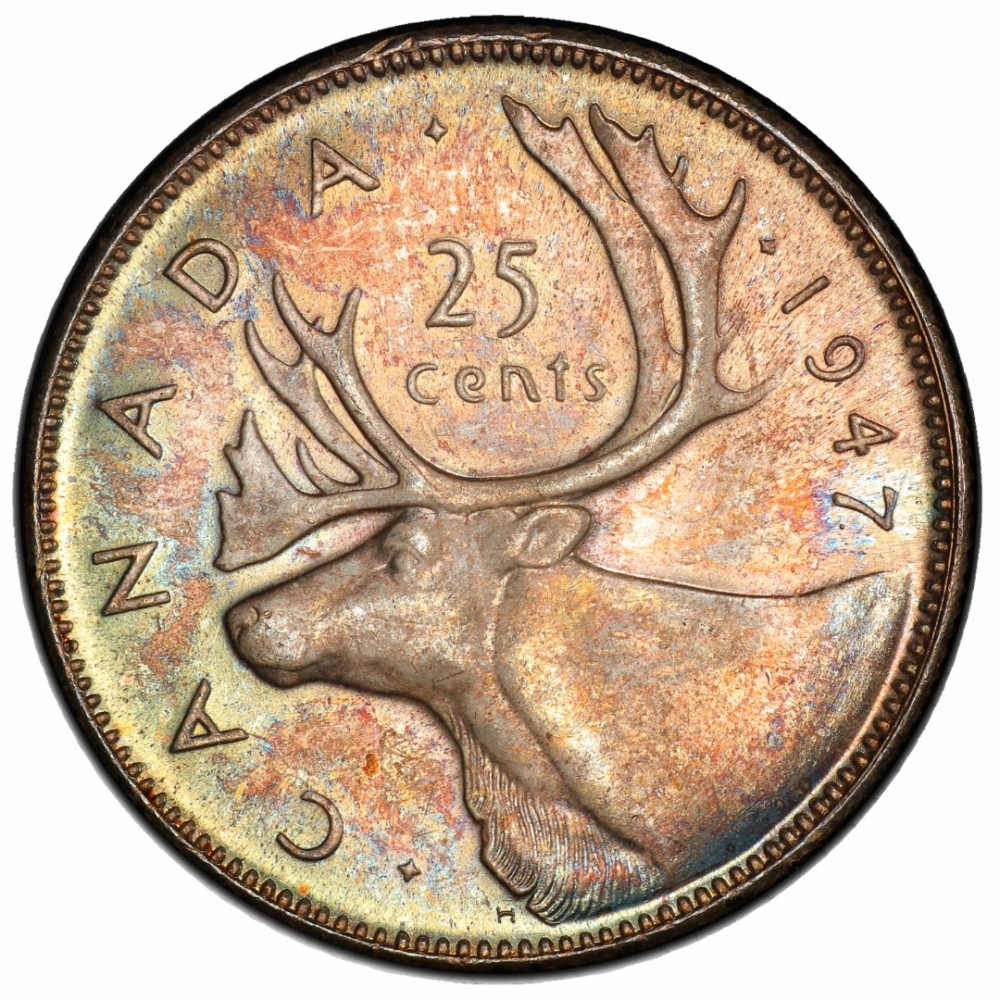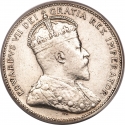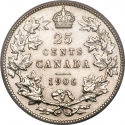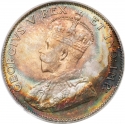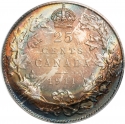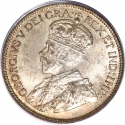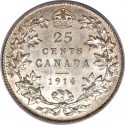You are about to finish your registration. Please check your mailbox (including spam folder). There should be a letter with a confirmation link. Check setting to make sure that your e-mail address is correct.
Send letter againDescription
After India was granted independence in 1947, new dies had to be designed and manufactured without the words "ET IND:IMP" (And Emperor of India) on the obverse.
There was a demand for new 1948 coins, but delays in the manufacture of the updated dies forced the Mint into a second production run using the 1947 dies. To differentiate regular 1947 coins from the second production run a small dot was added to the end of the date.
Shortly after production began it was decided that the dot was too small to easily see, so the design was changed to a larger maple leaf.
Obverse

|
Bare head of George VI facing left, surrounded by the legend, an abbreviated translation of “George VI by the Grace of God, King and Emperor of India”. GEORGIVS VI D:G:REX ET IND:IMP: |
|---|---|
Reverse

|
A caribou is accompanied by the facial value and the country name. Engraver's initials below. CANADA 1947 |
| Edge |


